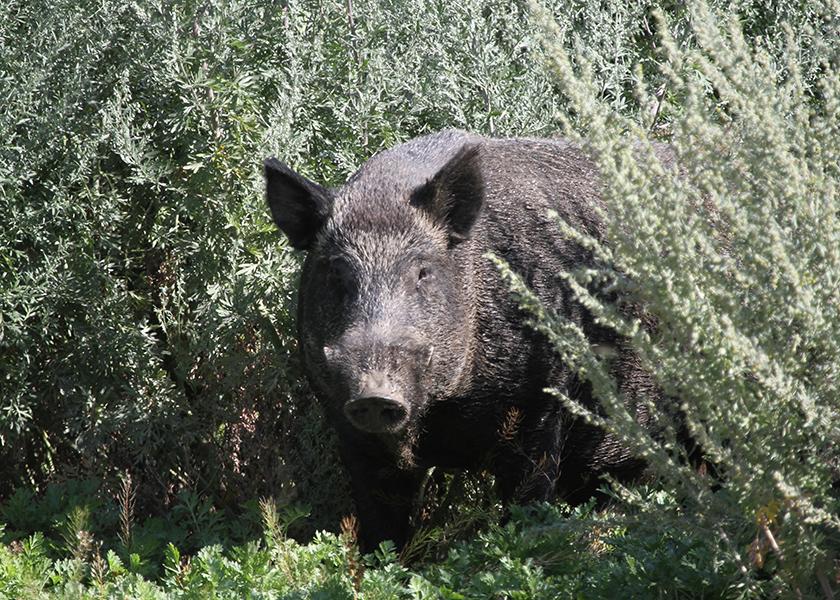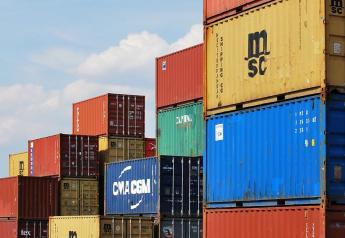Minnesota Prepares for Potential Wild Pig Invasion

When a group of pigs escaped from a farm in Marshall County in northwestern Minnesota in 2016, it wasn't long before a sow wandered into the West Valley Wildlife Management Area, where she gave birth to several piglets, reports MPR News.
And, as you might expect, the pigs began causing severe damage to the landscape. Although this is a rare example of feral pig reproduction, it was an eye-opening experience for Minnesota state and federal wildlife officials.
“There’s an example where they could go undetected for a fair amount of time before anyone is aware of the situation, especially in more remote areas,” Gary Nohrenberg, Minnesota director of wildlife services for the U.S. Department of Agriculture, told MPR News.
USDA officials shot and killed the wild pigs in this incident, but as the threat of wild pig establishment grows throughout the U.S., Minnesota state lawmakers are trying to figure out how to limit future damage if feral pigs were to establish populations in the state.
In addition to the major environmental damage wild pigs concern, the potential for spreading disease to domestic hogs is a major concern to the second-largest pork-producing state in the nation, MPR News reports.
Canadian researchers have documented an expanding population of feral hogs dubbed “super pigs” in Canada — the result of cross-breeding between domestic pigs and wild boars, that have slowly approached the U.S. border.
“Big animals should be no surprise up here in Canada,” Ryan Brook, an associate professor at the University of Saskatchewan, who studies the reproductive ecology of wild pigs, told Farm Journal's PORK in 2020. “Ecologically we predict it. Bergmann's rule says as you go further north, typically for wild species, they get bigger. Big bodies are critical to success. If you're going to survive a week at 40-below temperatures being 400, 500 or 600 pounds, you're going to do a lot better than if you're 40 pounds.”
People naively assumed feral pigs weren’t a serious threat to northern states like Minnesota because of the cold climate.
According to the University of Georgia Center for Invasive Species and Ecosystem Health that has been been tracking feral hog sightings with their Early Detection & Distribution Mapping System (EDDMapS), neighboring states Wisconsin and North Dakota have both had sightings of wild pigs this year.
Read More:
Top 10 States with the Largest Wild Pig Populations
A Sport Utility Vehicle for Disease: Wild Pigs Wreak Havoc
Is Missouri's Feral Hog Population on the Decline?
Feral Swine Eradication Program Should Be Permanent, Senators Urge
Destructive, Formidable, Invasive: How is the U.S. Managing the Feral Hog Population?
Feral Swine Test Positive for Pseudorabies at Colorado Farm







